The modern workplace has seen growing interest in optimizing productivity through scientifically-backed rest periods, with the midday nap emerging as a surprising ally. While some dismiss napping as a sign of laziness, a growing body of research suggests that well-timed daytime sleep can sharpen cognitive function, boost creativity, and even improve cardiovascular health. The key lies not just in whether we nap, but in understanding the intricate relationship between nap duration and its physiological effects.
The 20-Minute Power Nap: Brief naps lasting 10 to 20 minutes primarily benefit alertness and motor learning without causing sleep inertia—that groggy feeling upon waking. This nap duration allows the sleeper to remain in light stages of non-REM sleep, making it ideal for office workers who need a quick recharge. Studies at NASA revealed that pilots who took 26-minute naps showed 34% improvement in performance and 54% increase in alertness compared to their non-napping counterparts.
Entering the 60-Minute Danger Zone: Naps extending beyond 30 minutes venture into slow-wave sleep territory, where waking can result in significant sleep inertia lasting up to an hour. However, these longer naps aren’t without merit—they enhance memory consolidation, particularly for factual information and spatial awareness. The hippocampus, crucial for forming new memories, appears to benefit substantially from this nap duration. Many Mediterranean cultures have instinctively understood this through their traditional siesta practices.
The 90-Minute Full Cycle Nap: Completing a full sleep cycle offers unique advantages by including both slow-wave sleep and REM phases. This duration has been associated with emotional regulation and creative problem-solving, as REM sleep facilitates novel connections between unrelated ideas. Salvador Dalí famously used this technique, holding keys that would wake him upon entering REM sleep, harnessing the hypnagogic state for artistic inspiration.
Chronotype plays a crucial role in nap effectiveness. Evening types ("night owls") tend to experience more pronounced afternoon sleepiness and may derive greater benefits from midday naps compared to morning larks. The circadian dip in alertness that occurs 7-9 hours after waking—typically between 1-3 PM for most people—creates a biological window where naps are most restorative. Ignoring this natural rhythm by forcing wakefulness often leads to the familiar mid-afternoon productivity crash.
Caffeine Napping—A Counterintuitive Strategy: The practice of consuming coffee immediately before a 20-minute nap leverages the 25-minute delay before caffeine’s effects begin. This combination provides the alertness benefits of both the nap and caffeine without interfering with nighttime sleep. Japanese researchers found this method improved driving simulator performance more than either naps or caffeine alone in sleep-deprived subjects.
While napping offers numerous benefits, it’s not universally advisable. Individuals with insomnia or poor sleep quality at night may find daytime napping exacerbates their condition by reducing sleep pressure. The timing of naps also matters greatly—napping too late in the day can delay melatonin release and disrupt nocturnal sleep patterns. Sleep specialists recommend keeping naps before 3 PM for most individuals.
Corporate culture is gradually acknowledging nap science, with forward-thinking companies installing nap pods and designated quiet rooms. Google, Ben & Jerry’s, and Zappos have embraced workplace napping policies, reporting decreases in workplace accidents and increases in productivity metrics. As research continues to validate these practices, the stigma around workplace napping may finally be laid to rest—preferably during a carefully timed 20-minute power nap.

By /May 21, 2025

By /May 21, 2025

By /May 21, 2025

By /May 21, 2025

By /May 21, 2025

By /May 21, 2025
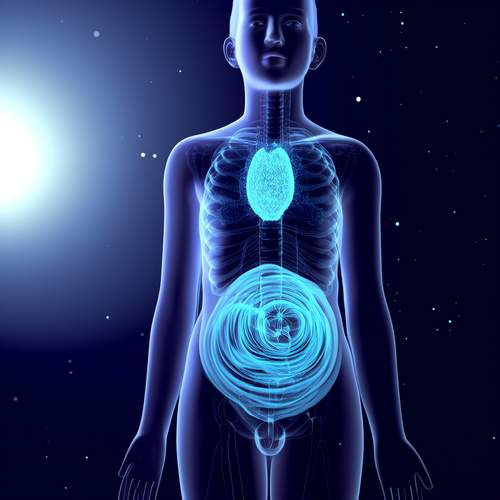
By /May 21, 2025
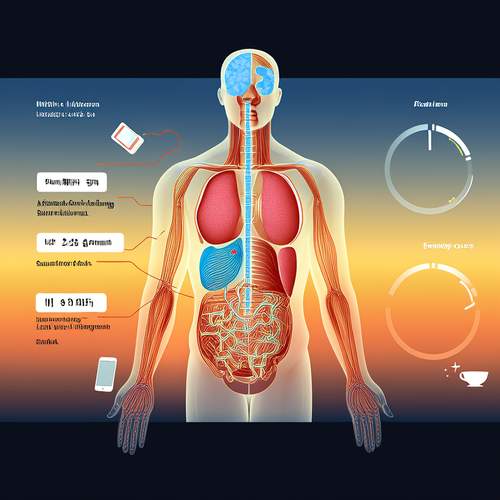
By /May 21, 2025
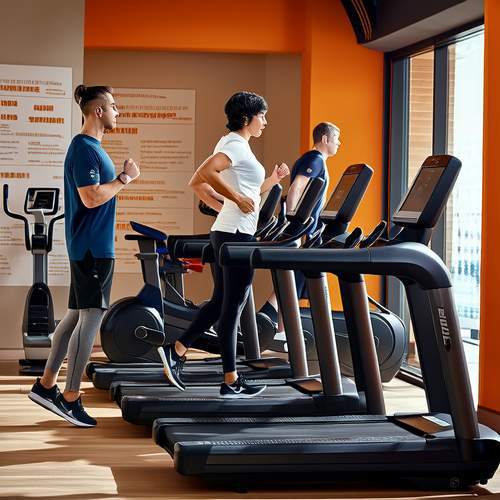
By /May 21, 2025

By /May 21, 2025

By /May 21, 2025

By /May 21, 2025
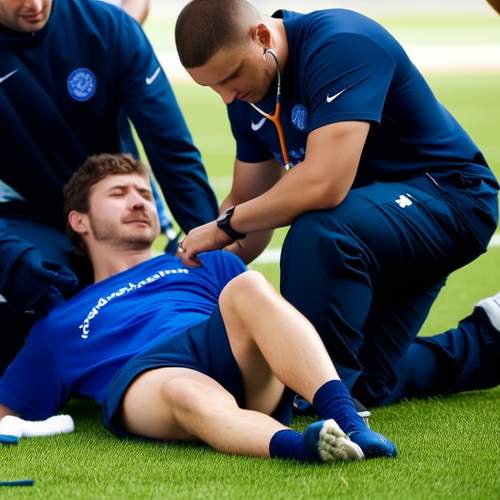
By /May 21, 2025

By /May 21, 2025

By /May 21, 2025
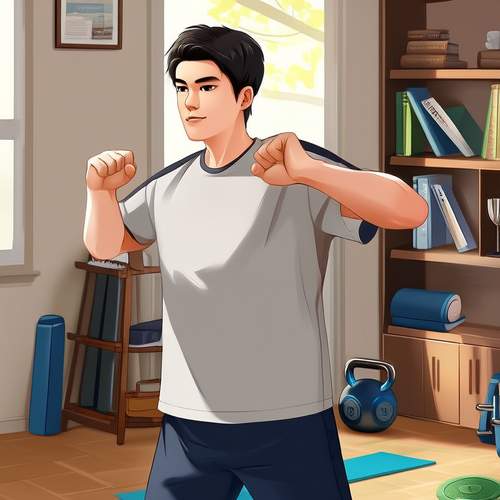
By /May 21, 2025

By /May 21, 2025
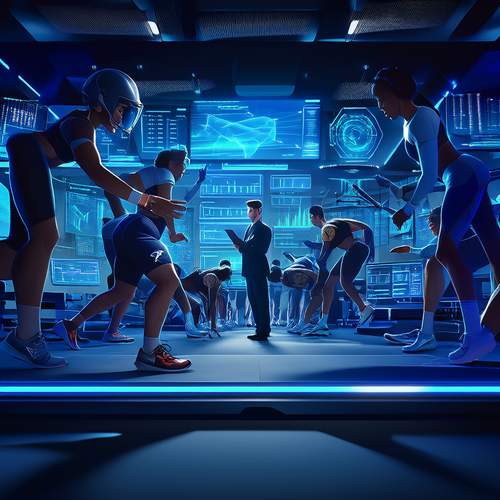
By /May 21, 2025

By /May 21, 2025

By /May 21, 2025